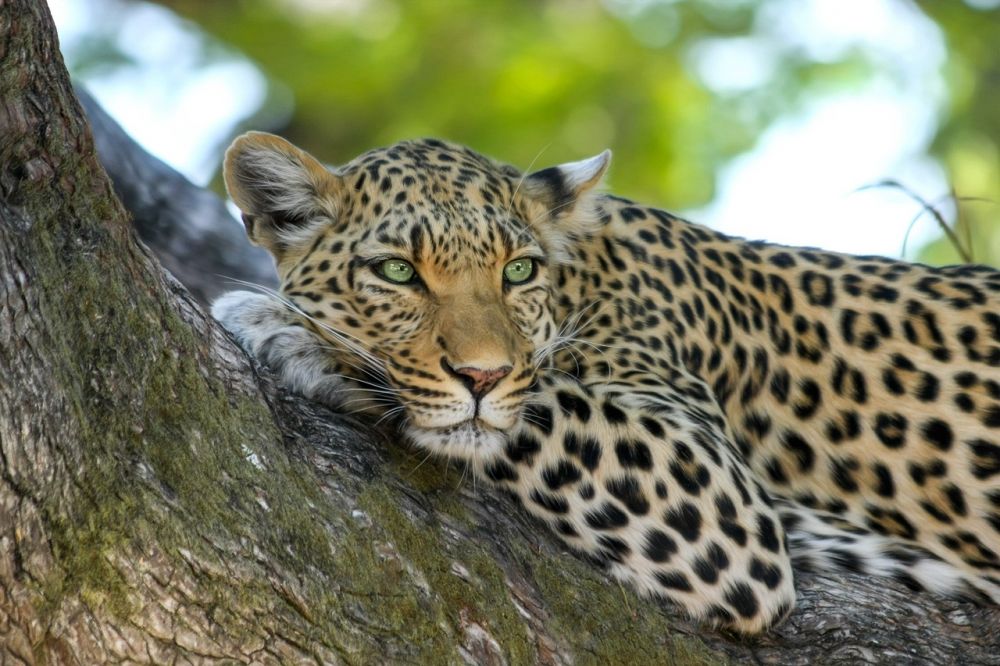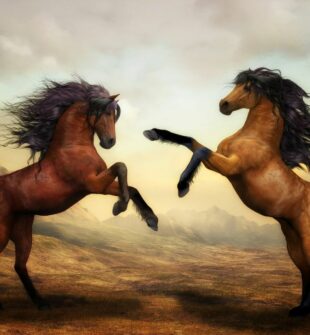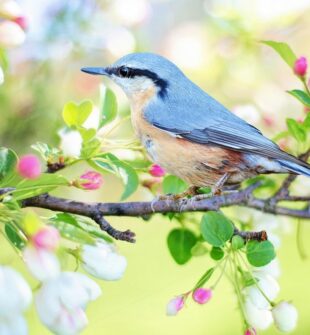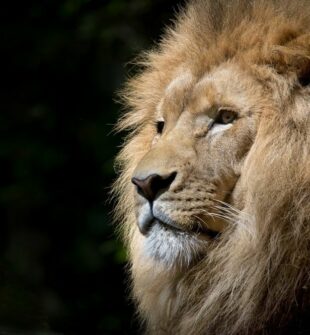Danish Animals: A Dive into the Fascinating World of Danish Wildlife

Introduction:
Danish animals are a captivating part of the country’s rich natural heritage. Whether you’re a dedicated animal lover or simply interested in the topic, there’s plenty to discover. In this article, we will take you on a journey through the vibrant world of Danish fauna, exploring its diversity, evolution, and unique characteristics.
I. The Diversity of Danish Animals:

– Denmark boasts a wide range of animal species, both native and introduced.
– From the majestic red deer to the elusive harbor porpoise, Danish wildlife offers something for everyone.
– The country’s diverse habitats, including forests, wetlands, and coastal areas, contribute to the abundance of animal species.
– Danish dyr include mammals, birds, reptiles, amphibians, and fish, each with its own fascinating attributes.
II. Historical Evolution of Danish Animals:
– Danish wildlife has evolved over centuries, adapting to changing environmental conditions.
– The last glacial period significantly shaped the present fauna, as animals migrated northward after the ice retreated.
– The agricultural revolution and human activities have also influenced the distribution and abundance of certain species.
– Protection efforts, such as the establishment of national parks, have helped preserve and restore native animal populations.
III. Native Danish Animals:
– Red deer (Cervus elaphus): This majestic species is the largest land mammal in Denmark. Its impressive antlers and elusive nature make it a symbol of Danish wilderness.
– European hedgehog (Erinaceus europaeus): Known for its spiky exterior, the hedgehog is a familiar sight in Danish gardens. Its nocturnal habits and insectivorous diet make it an essential part of the ecosystem.
– Common buzzard (Buteo buteo): With its soaring flight and piercing cry, the buzzard is one of Denmark’s most iconic birds of prey. Its adaptability has allowed it to thrive in various landscapes.
– Common frog (Rana temporaria): Found in wetlands and forests, the common frog symbolizes the resilience of Danish amphibians. Its playful appearance and distinct croaking make it a delight to encounter.
IV. Introduced and Endangered Species:
– Fallow deer (Dama dama): Originally from Mediterranean regions, fallow deer were introduced to Denmark centuries ago. Their graceful presence and unique coat patterns add a touch of elegance to Danish landscapes.
– Harbor porpoise (Phocoena phocoena): Denmark’s only native cetacean, the harbor porpoise is a symbol of the North Sea’s marine biodiversity. Conservation efforts have been crucial in protecting this endangered species.
– European bison (Bison bonasus): Reintroduced to Denmark in recent years, the European bison represents successful conservation initiatives. Its powerful presence and cultural significance make it a fascinating addition to Danish fauna.
Conclusion:
From the regal red deer to the playful common frog, Danish animals offer a captivating glimpse into the country’s natural wonders. Their presence and conservation represent a shared responsibility among humans to protect and appreciate the beauty of the natural world. By understanding the history, diversity, and unique attributes of Danish animals, we can foster a greater appreciation for their role in the ecosystem and inspire future generations to do the same.
Disclaimer: The information provided in this article is for educational and informative purposes only. It does not substitute professional advice or encourage any actions that may harm wildlife or violate local laws and regulations.





